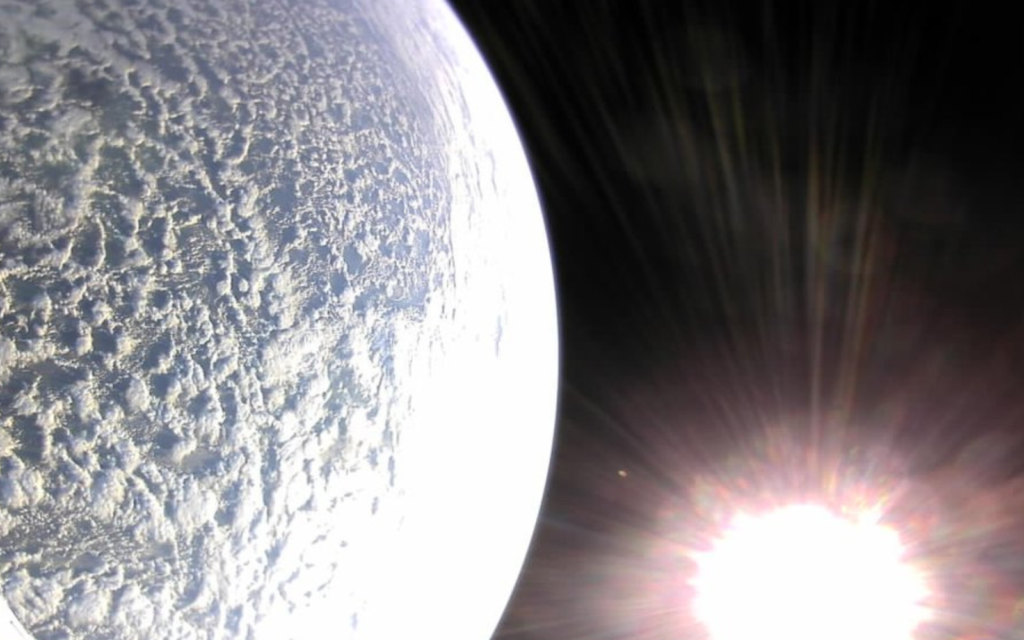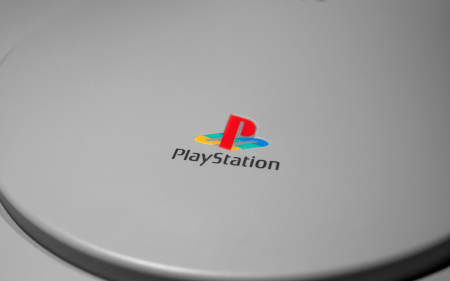If you’ve recently watched the night skies, you’ve probably spotted something that looks way too bright to be a natural star. No, it’s not the aliens, it’s a cell phone tower that’s been troubling conspiracy theorists and scientists around the world.
AST SpaceMobile’s Bluewalker 3, launched on 10 September 2022, is built to connect directly to cell phones down here on earth. Its brightness has offended a group of international scientists who say it is a threat to their work and to humanity’s view of the universe.
It has a 64-square-meter array of solar panels and antennas. Observations of the bright object by members of the International Astronomical Union (IAU) around the world note how the satellite is as bright as some of the brightest stars in the universe. The union says it is almost as bright as the 15th and 16th brightest stars in the world – the Antares and Spica stars respectively. However, the observations by other studies note that it may be as bright as the 22nd brightest star.
Shine bright like a… satellite?
History is unfolding! We've deployed #BlueWalker3's 693-square-foot array, which is now the largest-ever commercial communications array in low Earth orbit.
Read more about this important milestone here: https://t.co/4kupfxn3vO pic.twitter.com/KnE9CeWOCT
— AST SpaceMobile (@AST_SpaceMobile) November 14, 2022
Read More: Starlink, Amazon and others are racing to fill the sky with bigger satellites to deliver mobile coverage everywhere on Earth
Bluewalker 3 is a test model from a company that plans to offer 5G connectivity here on earth from space. It is part of over 100 “bluebirds” that the company plans to use for 5G and is designed to eliminate mobile network dead zones. Not unlike Musk’s Starlink satellites.
Earlier this month, AST SpaceMobile CEO Abel Avellan said the company aims to improve access to cellular broadband.
“Every person should have the right to access cellular broadband, regardless of where they live or work. Our goal is to close the connectivity gaps that negatively impact billions of lives around the world,” says Avellan.
Read More: Landsat turns 50: How satellites revolutionized the way we see – and protect – the natural world
Astronomers are also concerned about the potential strong transmission of radio waves by mega-constellations.
Here in SA, the director of the Square Kilometer Array, Philip Diamond, says orbiting cell towers are not subjected to the same quiet-zone restrictions meant to safeguard radio astronomers from terrestrial cellular network interference.
“New satellites such as BlueWalker 3 have the potential to worsen this situation and compromise our ability to do science if not properly mitigated,” says Diamond in an article by CNET.
The IAU says it is working with industry experts to address issues on innovation and anti-reflective material.
Source: AST, CNET




